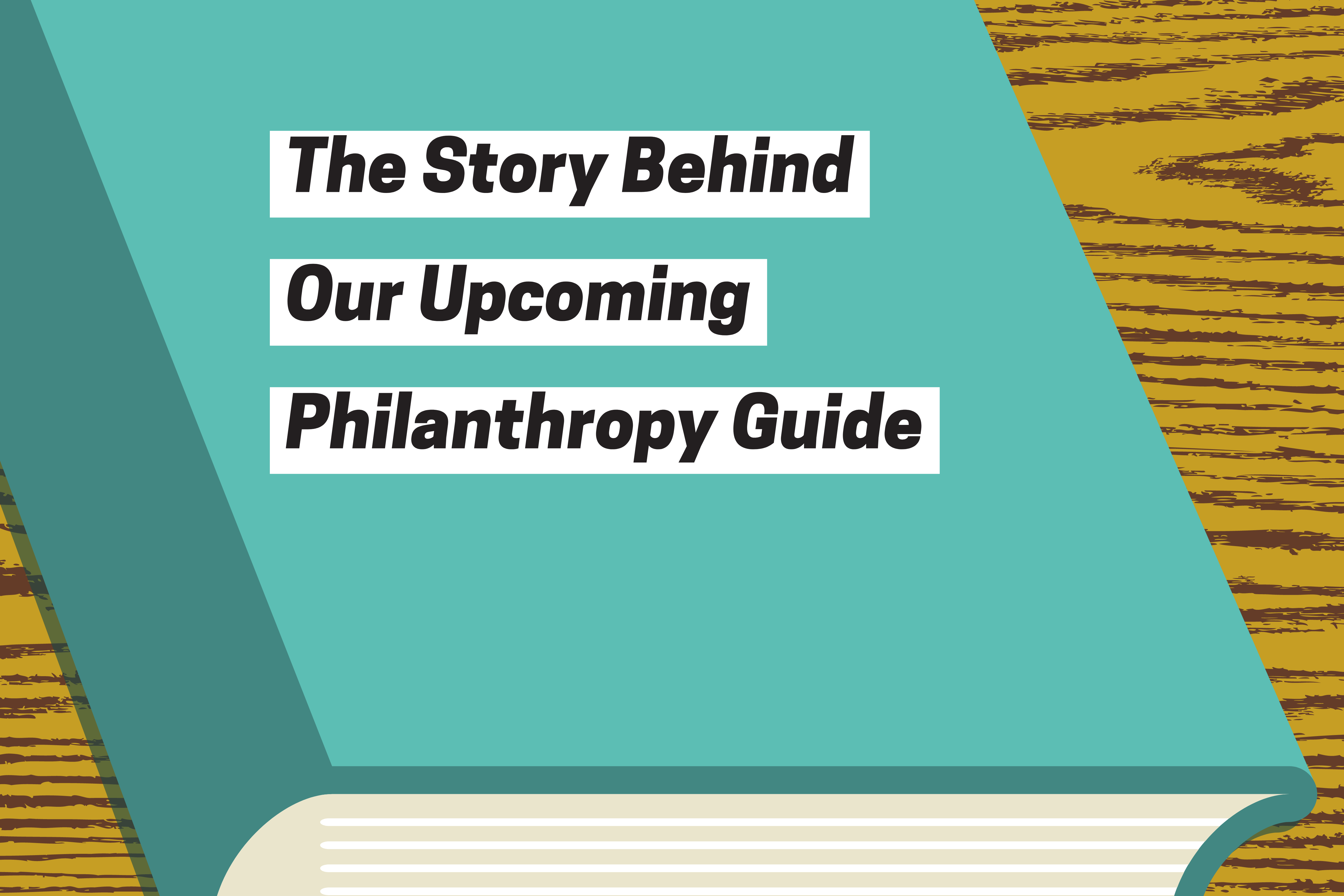
At the Jews of Color Initiative, our goal is to drive systemic change by bringing a racial equity lens to all aspects of the Jewish institutional ecosystem. Back in 2017, our Executive Director, Ilana Kaufman, was selected to be part of the third cohort of the Schusterman Fellowship. There, Kaufman learned invaluable skills and built deep connections with other Jewish leaders, including with Slingshot CEO Stefanie Rhodes. The personal connection between Kaufman and Rhodes led to a partnership between the Jews of Color Initiative and Slingshot that will culminate this year with the release of a book on how to rethink Jewish philanthropy through a racial equity lens.
“In the Schusterman Fellowship, Stefanie and I built a strong collegial leadership bond,” Kaufman began. “We both knew from our shared work and from talking to each other’s colleagues that we had aligned values around racial justice and equity and centering Jews of Color.” Being a Senior Schusterman Fellow also connected Kaufman and Rhodes to a network of funders interested in supporting projects headed by partnerships across institutions.
Slingshot is dedicated to engaging young Jewish philanthropists in order to make a lasting impact on Jewish community and beyond. The connection between Kaufman and Rhodes led to a collaborative project to reframe Jewish philanthropy through the lens of racial equity to ground the next generation of donors. Bringing together Kaufman’s expertise on racial equity for Jews of Color and Rhodes’ capacity to reach next generation philanthropists, the two leaders developed the concept for the book that could serve as a guide for up-and-coming donors. Each chapter is authored by multiracial authors involved in the JoC community and is grounded in their analysis, perspective, and life experiences.
“We want to elevate the voices and the work of each of our amazing colleagues who contributed to this guide on funding through a racial equity lens,” adds Kaufman. “We had to bring together the smartest, deepest thinkers in our communal spaces to help create this content. These powerful, useful, disruptive-in-all-the-best-ways thought pieces not only discuss important toolsets and skills, but also offer invitations, opportunities, and charges for leaders. We can all learn from some of the most amazing people in our communal space to address Jewish communal philanthropy and racial justice head on. “
While Slingshot and JoCI intentionally wanted every author to retain their unique voice, the organizations sought to create a collective of voices that were aligned and harmonious. Kaufman and Rhodes say they felt a responsibility to receive these voices with care and ensure that the power and potency of their message is received as intended throughout. Kaufman adds, “I feel really honored that the authors said yes to us, and I’m excited for the audience to read from these authors.”
“This racial equity guide is like an anthology,“ Rhodes said. “You get to have multiple perspectives in one book. This book supports the work we want people to do—bringing in voices of people who have expertise from education and professional and lived experience, people who really spend time thinking about these issues. It’s a beautiful way to bring a lot of voices to the conversation.”
Rhodes shared that receiving the first full draft of the manuscript from JoCI and its collaborating authors gave her and her team an experience akin to what new readers will have. “The writers who JoCI put together have been incredible. It’s been so great to read their analyses, perspectives, teachings.” By passing the manuscript back and forth during the revision process, the team at Slingshot became quite familiar with the concepts and ideas in the text. “I think we feel more prepared to put this book out in the world now that we’ve learned from the book itself,” Rhodes shared.
The guide asks leaders to think about how philanthropy relates to racial justice in the Jewish community. Authors introduce various conceptual frameworks about equity and justice, along with tools grounded in Torah and text to be more equitable in philanthropic efforts.
“Philanthropic expressions should always be grounded in history,” adds Kaufman. “Imani Romney-Rosa Chapman’s chapter discusses conceptual frameworks for this approach. Joanna Ware discusses power and privilege. We shouldn’t stray from those core anchors of our work. Now, our challenge as leaders, philanthropists, and anyone reading the guide is to turn this into meaningful action.”
“This guide lays an incredible foundation for that work and why it’s so important,” Rhodes said. “It really sets a good foundation for young funders to move forward and work through how to move their money and hold their power in a way that supports equity.”
“Everything we do takes rigor and pedagogy, intentionality, and step-by-step processes,” Kaufman reflects. “What if we were as disciplined in philanthropy as this guide asks us to be? If we embody the practices of these guides, steeping ourselves in history, in spiritual tools and resources, in deep, real, challenging concepts of racial equity and justice, imagine how much more expansive and equitable and just our communal philanthropy would be.”
Racial Equity-Informed Philanthropy: A Funder’s Guide from a Jewish Perspective, the culmination of this project, will be released later this Summer. Subscribe to Galim to stay up to date on the book’s publication.


